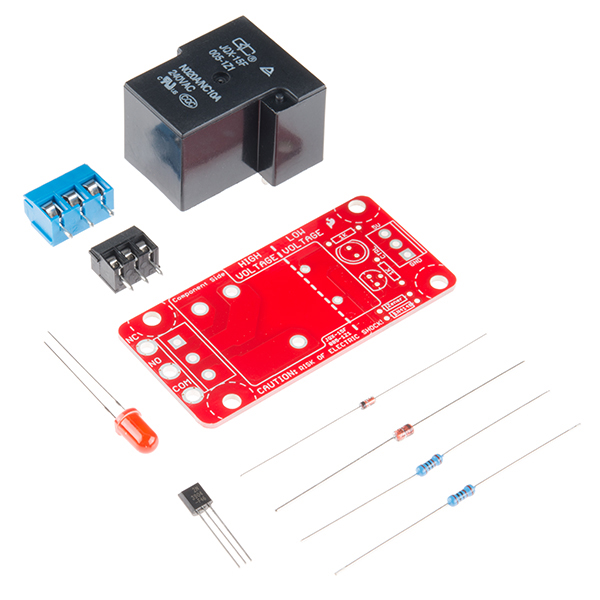Unveiling the Diverse Classifications of Electromechanical Relays
Electromechanical relays are essential components in various industries, facilitating the control and protection of electrical circuits. Understanding the classification of electromechanical relays is crucial for engineers and technicians working with these devices. In this comprehensive article, we will delve into the intricate world of electromechanical relays, exploring their diverse classifications and shedding light on their applications.
- Based on Operating Principle:
1.1. Reed Relays:
Reed relays utilize a hermetically sealed glass tube containing two metal reeds that act as the switch contacts. These relays offer high switching speeds, low contact resistance, and excellent isolation properties, making them ideal for applications requiring fast response times and low power consumption.
1.2. Armature Relays:
Armature relays consist of a coil, an armature, and a set of contacts. When the coil is energized, it generates a magnetic field that attracts the armature, causing the contacts to close or open. These relays are widely used in control systems, automation, and power distribution applications.
1.3. Solenoid Relays:
Solenoid relays employ a solenoid coil that, when energized, generates a magnetic field, resulting in the movement of a plunger or lever. This movement activates the contacts, allowing the relay to switch the electrical circuit. Solenoid relays find applications in automotive, industrial, and aerospace sectors.
- Based on Contact Configuration:
2.1. Single Pole Single Throw (SPST) Relays:
SPST relays consist of a single set of contacts that can either be normally open (NO) or normally closed (NC). These relays are commonly used in simple on/off applications.
2.2. Single Pole Double Throw (SPDT) Relays:
SPDT relays feature a single set of normally open (NO) and normally closed (NC) contacts, allowing them to switch between two separate circuits. They are widely employed in applications requiring circuit switching or polarity reversal.
2.3. Double Pole Single Throw (DPST) Relays:
DPST relays consist of two sets of contacts that simultaneously open or close, enabling the control of two separate circuits. They are commonly used in applications requiring redundancy or isolation.
2.4. Double Pole Double Throw (DPDT) Relays:
DPDT relays offer two sets of contacts that can independently switch between two separate circuits. These relays are extensively used in applications requiring complex switching operations or motor control.
- Based on Application:
3.1. General Purpose Relays:
General purpose relays are versatile and widely used in various industries. They offer a broad range of voltage and current ratings, making them suitable for a wide array of applications, including home appliances, lighting control, and HVAC systems.
3.2. Automotive Relays:
Automotive relays are specifically designed to withstand the harsh operating conditions in vehicles. They are used in automotive electronics, such as power windows, door locks, and lighting systems.
3.3. Solid-State Relays (SSRs):
SSRs utilize semiconductor devices, such as thyristors or triacs, to perform the switching operation. These relays offer faster switching speeds, longer lifespan, and higher reliability compared to electromechanical relays. They find applications in industrial automation, robotics, and temperature control systems.
Conclusion:
Electromechanical relays come in various classifications, each catering to specific applications and requirements. Understanding these classifications is essential for selecting the appropriate relay for a given task. From reed relays to automotive relays, the world of electromechanical relays offers a wide range of options to meet the diverse needs of industries. By grasping the intricacies of these classifications, engineers and technicians can make informed decisions and ensure the efficient and reliable operation of electrical circuits.
